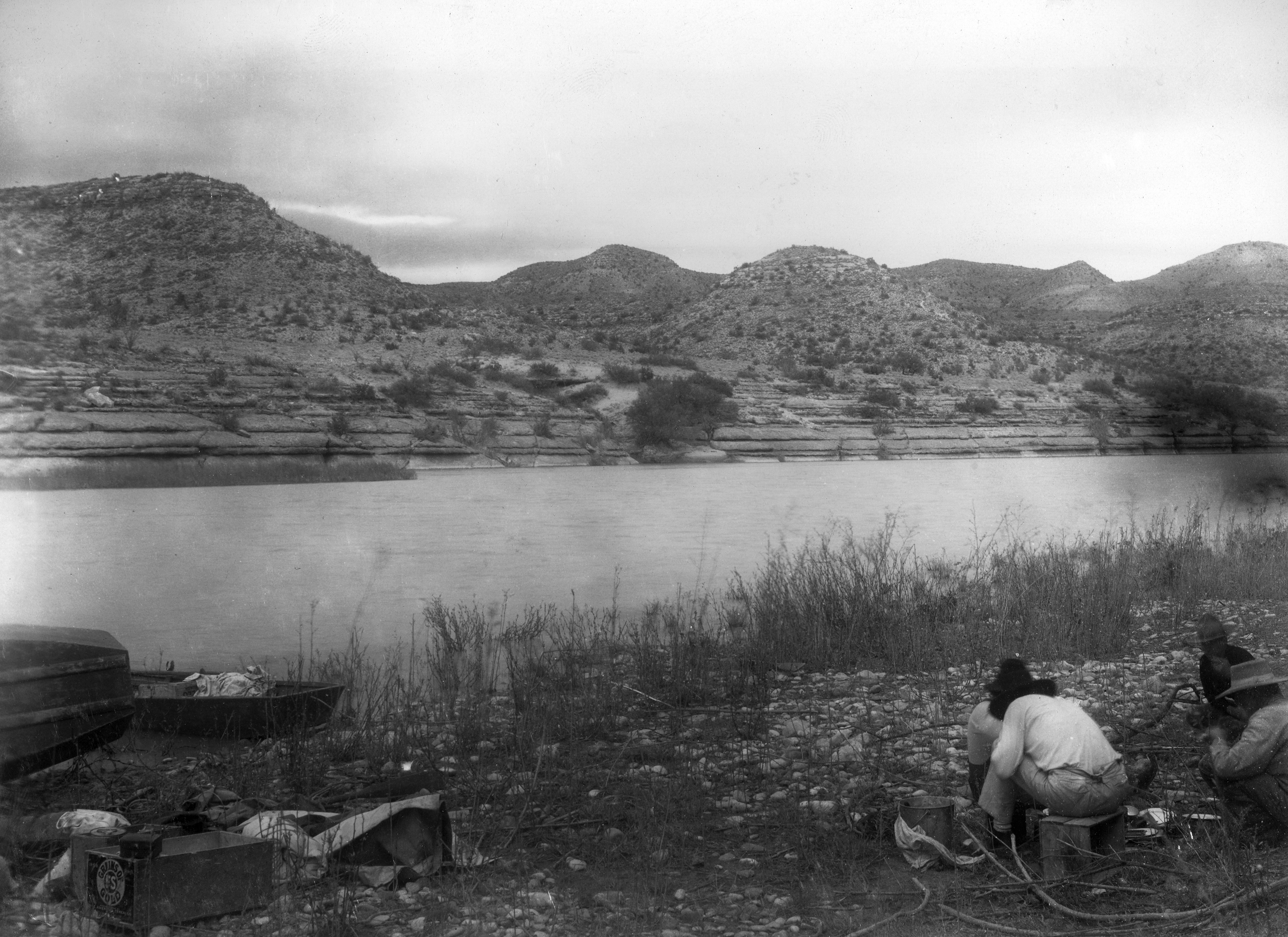Line 26: “Nothing out of fifty-nine” 1859 marked the peak of the Colorado Gold Rush.

Map of the routes to the Pike's Peak gold fields. Commissioned by J.S. Fillmore, a land speculator and merchant. Courtesy of Wikimedia Commons.
Line 30: “Wagon-tenting” – Referring to the style of wagon with a canvas covered tent roof.

An example of how this would have appeared, a Connecticut settler entering the Western Reserve. Courtesy of NYPL Digital Gallery.
Line 31: “jade” – A contemptuous name for a horse; a horse of inferior breed, e.g. a cart- or draught-horse as opposed to a riding horse; a roadster, a hack; a sorry, ill-conditioned, wearied, or worn-out horse; a vicious, worthless, ill-tempered horse. (OED)
Line 32: “Squaw” – A North American Indian woman or wife (OED).
Line 50: “Arrowhead” – Could refer to Arrowhead, California, though is probably placed for emphasis on the Native-American connection (Melville’s home was called Arrowhead?).
Line 59: “Rio” – Referring to the Rio Grande river on the border of Texas and Mexio or Rio de Jainero in Brazil.

Rio Grande near San Francisco Creek. USGS survey party led by Robert T. Hill in right foreground. Brewster County, Texas. 1899. Courtesy of Wikimedia Commons.
Line 61: “Indiana” – “Land of the Indians” in Modern Latin.


